A parallel plate capacitor is charged as shown (Q is given). A metal slab with the total charge +Q is placed inside the capacitor as shown. The thickness of the slab is d. The distance between the top plate and the top of the slab is 2d, and the distance between the bottom plate and the bottom of the slab is d. Each plate is grounded through a galvanometer as shown . Find the charge that passes through each galvanometer after both switches are closed simultaneously.
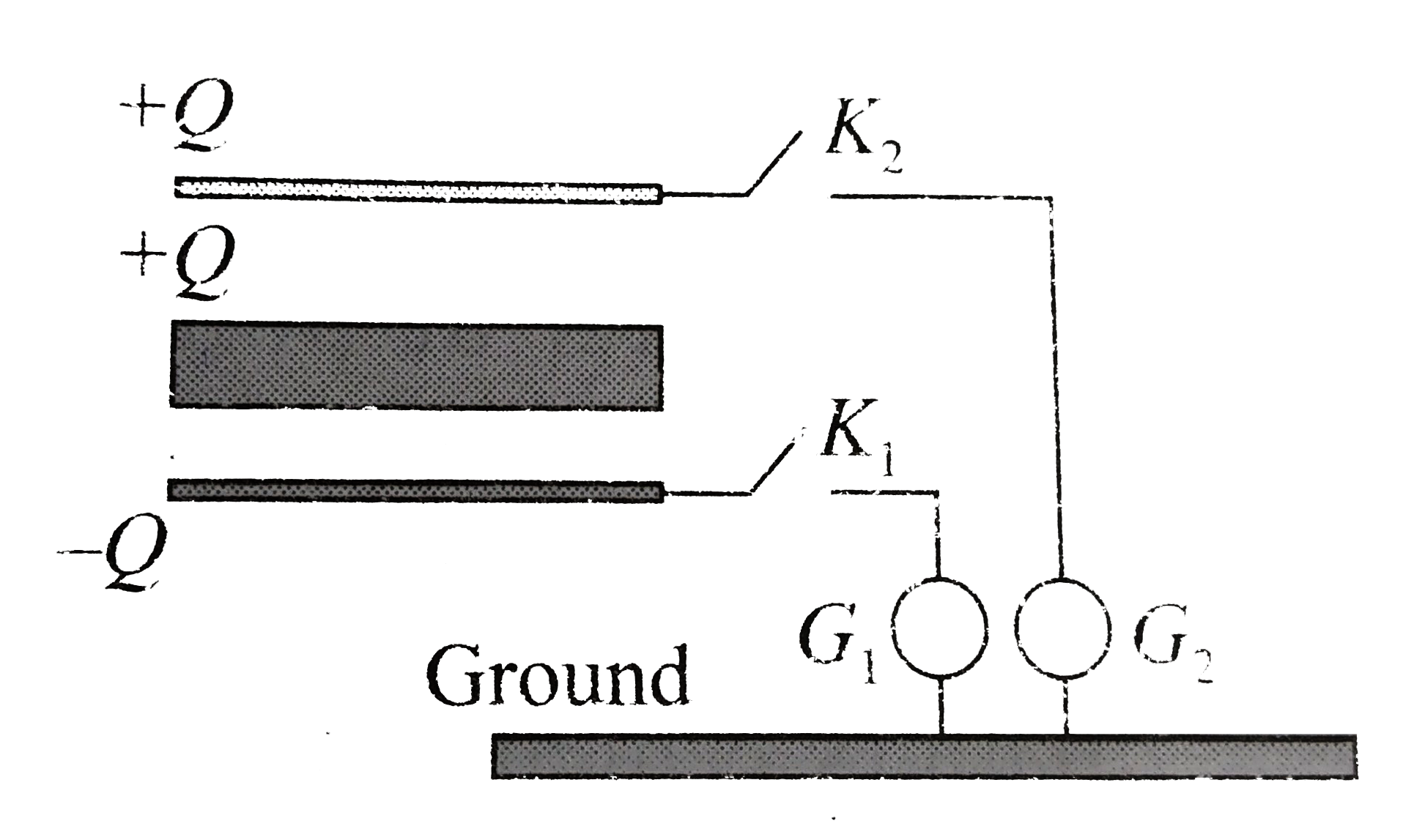
A total charge of −Q/3 flows (throughG1) from the bottom plate to ground.
A total charge of +4Q/3 flows (throughG2) from the top plate to ground.
A total charge of +Q/3 flows (throughG1) gtom yhr bottom plate to ground.
A total charge of −4Q/3 flows (through G2) from the top plate to ground.
The correct Answer is:A, B
a.,b.
Initial charges on each surface
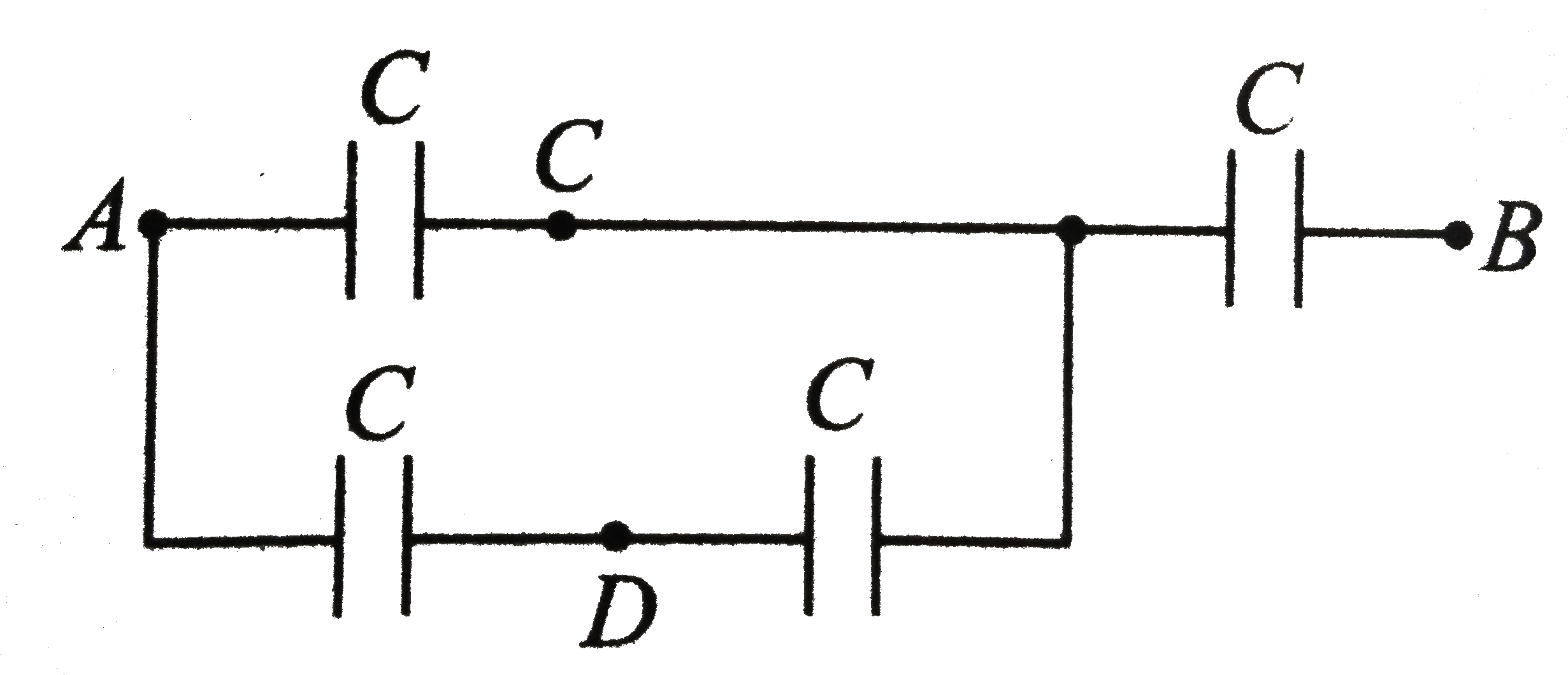
Chare on outer surfaces
qa=qb=Q+Q−Q2=Q2
and qb=Q−(Q−Q)2=Q2
C1=C=ε0A2d or C2=2C=ε0Ad
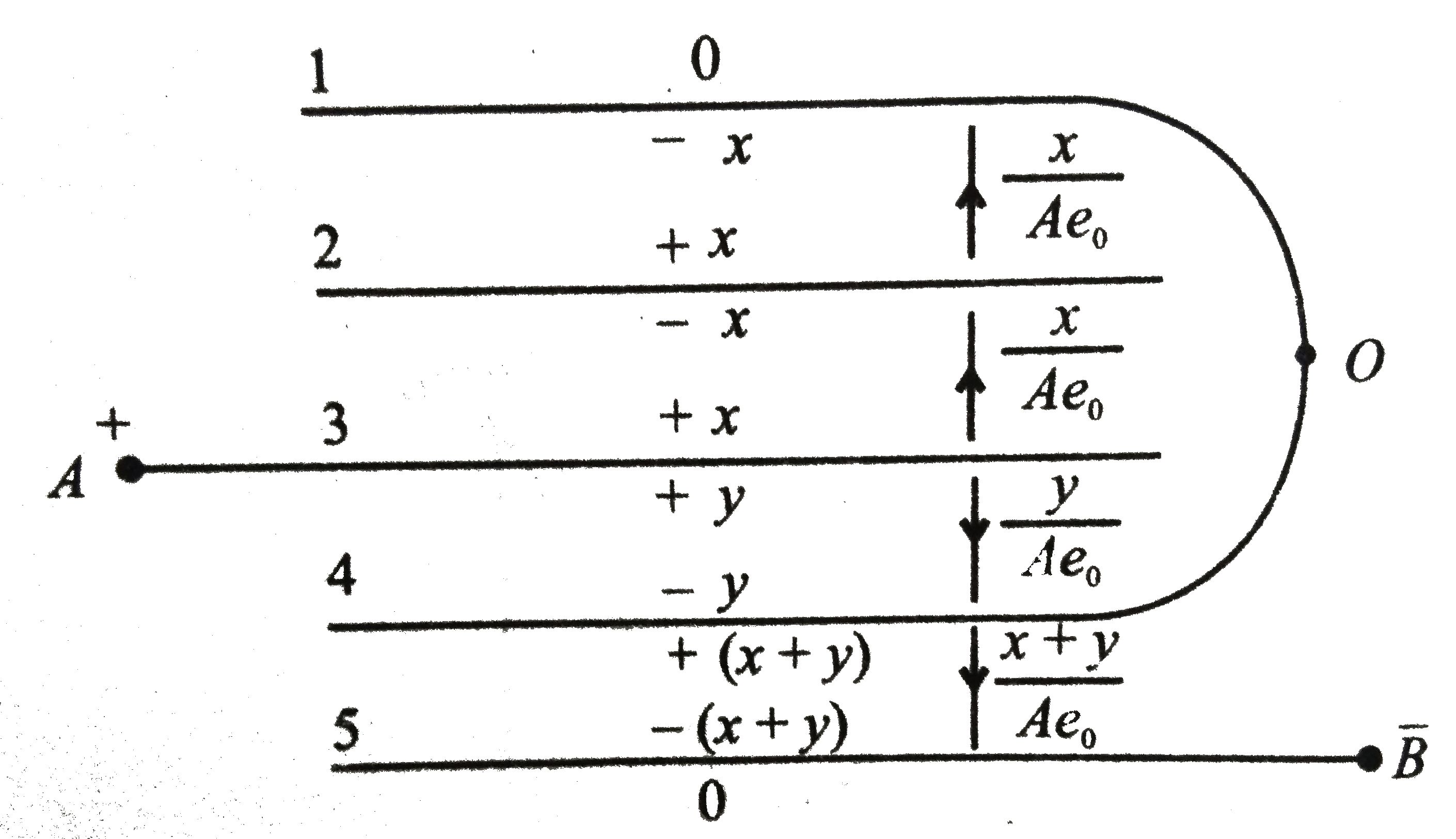
When both switches are closed the circuit can be redrawn as shown. Moving from A and B
Q+xC−(Q0x)2C=O or x=Q3

Final charges on each plate will be
Hence charge moving from top plate to ground is Q−(−Q3)
=4Q3 and from bottom plate to gound is −Q−(−2Q3)=Q3
Related Playlists
- BOOK - CENGAGE PHYSICSCHAPTER - MISCELLANEOUS VOLUME 3EXERCISE - Assertion and Reason Type8videos
MISCELLANEOUS VOLUME 3
- BOOK - CENGAGE PHYSICSCHAPTER - MISCELLANEOUS VOLUME 3EXERCISE - Comprehension Type94videos
MISCELLANEOUS VOLUME 3
- BOOK - CENGAGE PHYSICSCHAPTER - MISCELLANEOUS VOLUME 3EXERCISE - True and False3videos
MISCELLANEOUS VOLUME 3
- BOOK - CENGAGE PHYSICSCHAPTER - MECHANICAL PROPERTIES OF SOLIDSEXERCISE - Question Bank4videos
MECHANICAL PROPERTIES OF SOLIDS
- BOOK - CENGAGE PHYSICSCHAPTER - MISCELLANEOUS VOLUME 5EXERCISE - Integer12videos
MISCELLANEOUS VOLUME 5
Similar Questions
A parallel plate capacitor carries a harge Q. If a dielectric slab with dielectric constant K=2 is dipped between the plates, then
View SolutionA metal slab of thickness, equal to half the distance between the plates is introduced between the plates of a parallel plate capacitor as shown. Find its capacity.
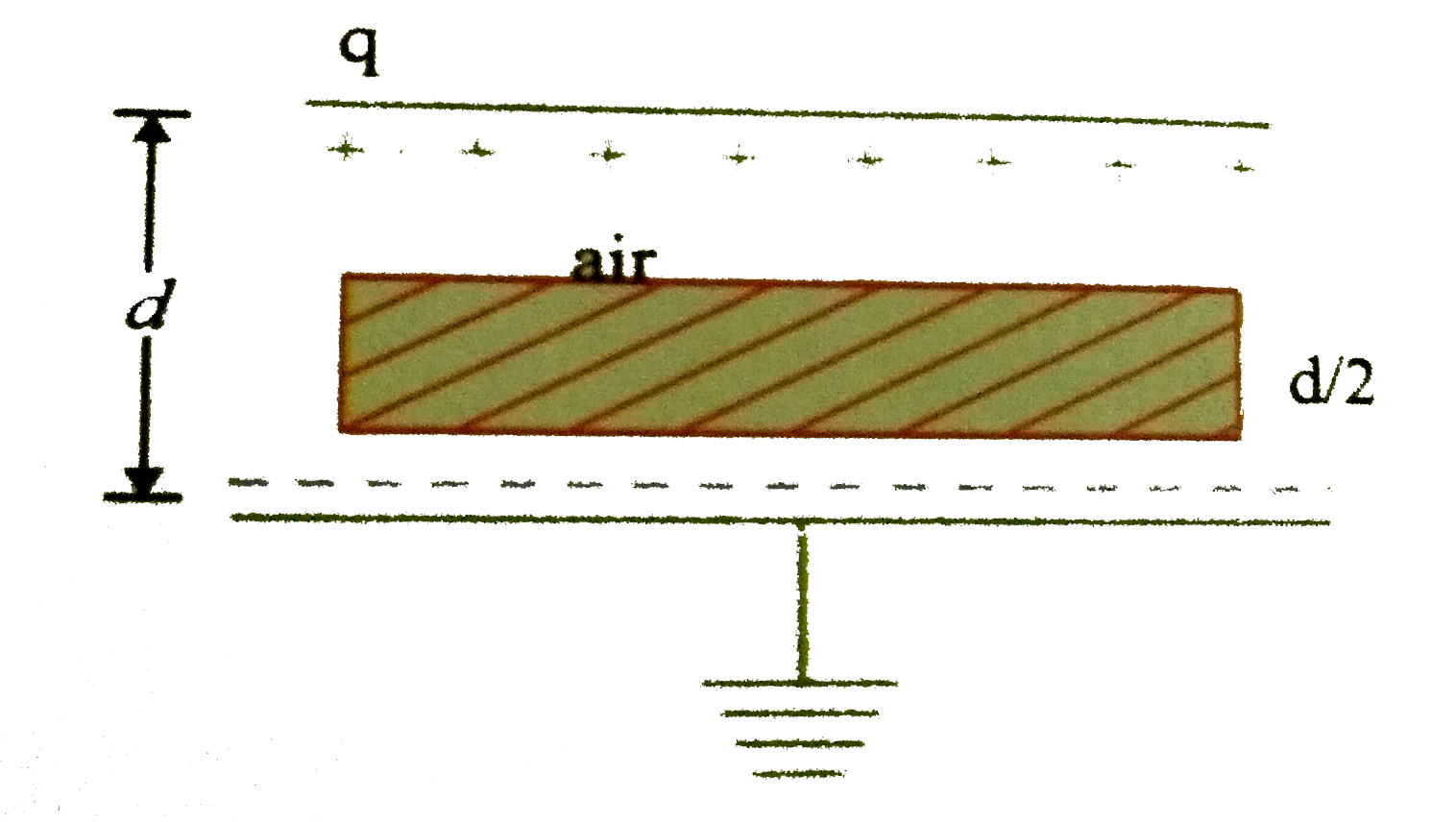 .View Solution
.View SolutionThe plates of a parallel plate capacitor are charged up to 200 V. A dielectric slab of thickness 4 mm is inserted between its plates. Then, to maintain the same potential difference between the plates of the capacitor, the distance between the plates increased by 3.2 mm. The dielectric constant of the dielectric slab is
View SolutionA parallel plate capacitor is charged by a battery. The battery is removed and a thick glass slab is inserted between the plates. Now,
View SolutionA parallel - plate capacitor of plate area Aand plate separation d is charged to a potential difference V and then the battery is disconnected . A slab of dielectric constant K is then inserted between the plate of the capacitor so as to fill the space between the plate .Find the work done on the system in the process of inserting the slab.
View SolutionA parallel - plate capacitor of plate area A and plate separation d is charged to a potential difference V and then the battery is disconnected . A slab of dielectric constant K is then inserted between the plate of the capacitor so as to fill the space between the plate .Find the work done on the system in the process of inserting the slab.
View SolutionThe distance between the plates fo a parallel plate capacitor is d. A metal plate of thickness d/2 is placed between the plates, what will be the new capacity ?
View SolutionA metallic slab is introduced between the two charged parallel plates as shown below. Sketch the electric lines of force between the plates.
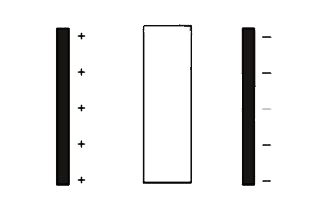 View Solution
View SolutionA slab of material of dielectric constant K has the same area as that of the plates of a parallel plate capacitor but has the thickness d/2, where d is the separation between the plates. Find out the expression for its capacitance when the slab is inserted between the plates of the capacitor.
View SolutionThe' distance between the plates of a parallel plate capacitor is d. A metal plate of thickness d/2 is placed between the plates. What will e its effect on the capacitance.
View Solution

